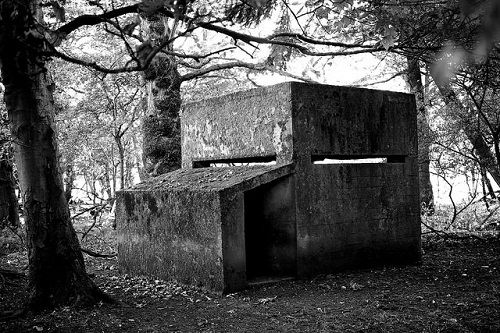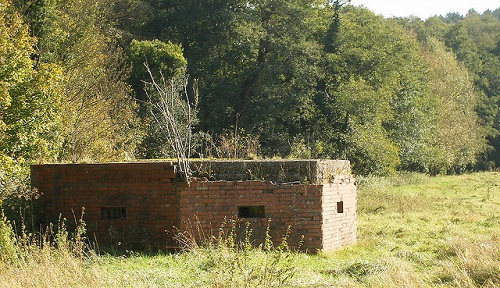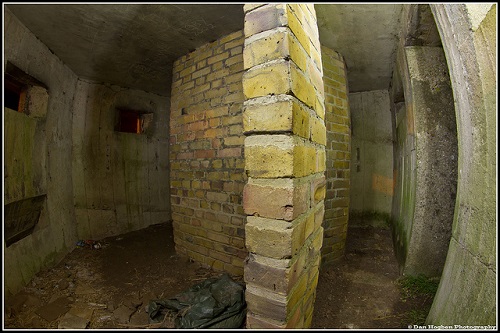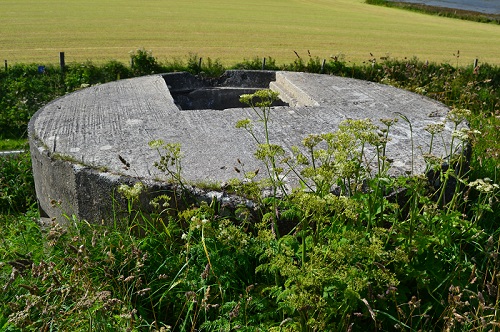Pillboxes: England’s Unused Defenses Against Hitler

We talk about castles a fair amount here on Black Gate, which is hardly surprising. But the Middle Ages weren’t the only or even the most productive period for building fortifications. At the start of World War Two, countries all over Europe feverishly built defenses against possible invasion.
The United Kingdom was one of the leaders in this movement. Convinced that a German invasion was imminent, the government ordered the construction of a vast network of pillboxes. Many of these defended the beaches and ports. Others were set along important canals and roads. In all, more than 18,000 pillboxes were constructed during the war.

Many still survive. Some have been converted into tool sheds, others are filled with empty beer cans and used condoms, while others simply sit neglected in the British countryside. They’re a common sight when out hiking.
The Pillbox Study Group helps document and protect this part of the nation’s past. They have a regular magazine, as well as a Flickr page and discussion forum. They’ve identified seven main designs and noted numerous local variants and one-off experiments. All basic designs had a few things in common, such as a protected entryway, good field of fire, thick enough walls to be at least bullet and shrapnel proof. Heavier pillboxes were shell proof. All of them were fairly small and were not meant to be lived in.

Left abandoned for many years, pillboxes are now gaining the attention of local councils, archaeologists, and enthusiasts. More and more are becoming listed as monuments or are undergoing documentation and preservation. While they were built to be sturdy, they still need care in order to be saved for future generations.


Sean McLachlan is a freelance travel and history writer. He is the author of the historical fantasy novel A Fine Likeness, set in Civil War Missouri, and the post-apocalyptic thriller Radio Hope. His historical fantasy novella The Quintessence of Absence, was published by Black Gate. Find out more about him on his blog and Amazon author’s page.
[…] Pillboxes: England’s Unused Defenses Against Hitler […]